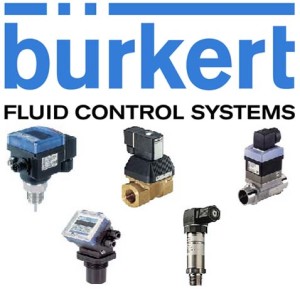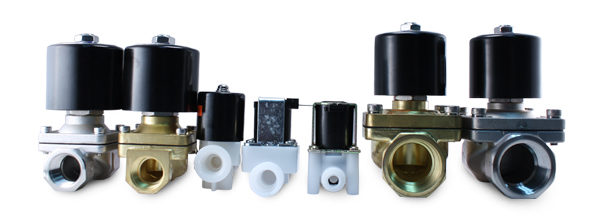Burkert is an international presence in the automation industry, and Burkert valves are known as being some of the best quality contromatic valves available. With research centres in both France and Germany, and over 150 employees working to push the forefront of technological sophistication and development, the company remains a model of innovation and adaptability in an ever-changing market.
The company’s origins lie as far back as 1946, when Christian Burkert entered into the business of manufacturing oven controls, foot warmers and other thermal control solutions. It was a line of manufacturing that sustained the company long enough for Burkert’s shift of focus to advanced valve technology to bring Burkert valves into the top echelon of industrial solenoid valves in existence.
 Solenoids and solenoid valves serve as a critical component in a great many technologies. Everyday devices you’ll find them in include the starter relays in car engines. Solenoids consist essentially of a coil of battery wire which produces a magnetic field that will, depending on the direction of the flow of current, either draw in or expel a cylindrical armature aligned with its internal cavity. Typically speaking, such an armature is balanced by a spring on the side towards which it is drawn by the aforementioned field, a spring that returns it to its original position once current ceases running into the solenoid. Solenoid valves are often the prime movers in fluid control systems, initiating the release of gases or liquids in pneumatic and hydraulic piston-actuated valves.
Solenoids and solenoid valves serve as a critical component in a great many technologies. Everyday devices you’ll find them in include the starter relays in car engines. Solenoids consist essentially of a coil of battery wire which produces a magnetic field that will, depending on the direction of the flow of current, either draw in or expel a cylindrical armature aligned with its internal cavity. Typically speaking, such an armature is balanced by a spring on the side towards which it is drawn by the aforementioned field, a spring that returns it to its original position once current ceases running into the solenoid. Solenoid valves are often the prime movers in fluid control systems, initiating the release of gases or liquids in pneumatic and hydraulic piston-actuated valves.
Manufacturing Burkert valves, aside from sustaining the company through their solid sales, led to the company developing a great deal of expertise in terms of the incorporation of solenoid valves and piston actuated valves into complex systems, laying excellent groundwork for the company’s later forays into stoichiometry, diffusion and plasma control. Particularly notable in its contribution to this work was the knowledge gained from the creation of gas control loops, which enabled the company to use Burkert valves to strengthen existing technical architectures wherever it encountered them.
On top of this, Burkert’s contromatic division manufactures control devices that can be mounted straight onto the company’s proportional piston actuated valves. These microprocessor-based control devices are dynamic enough to suit a wide variety of automotive tasks. A prime example of the sophistication of Burkert’s contromatic valves is the recently developed Liquid Flow Controller, which integrates control electronics, sensors and proportional valves into one, compact device, perfect for administering small doses of liquids as required.
In this device, more so than with any of the lines of automated Burket valves, Burkert has refined the differential pressure valves can deliver in order to provide accurate, speedy and above all repeatable measurements of any given fluid. The device has the additional advantage of being able to deliver flow rate measurements without the presence of obstructive moving parts that would otherwise need to be exposed to the flow of the transitioning medium.
